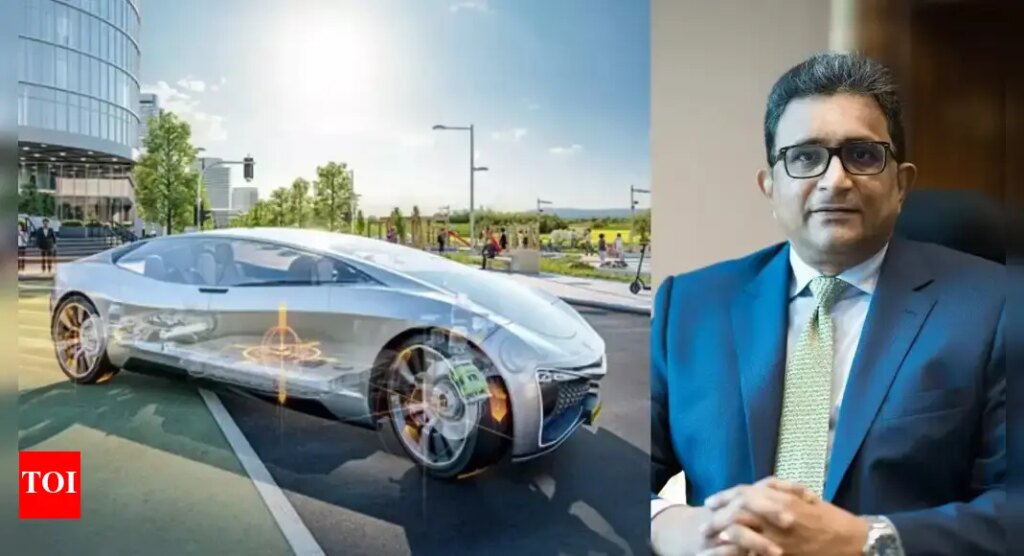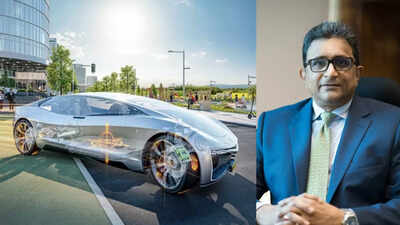Based on an interaction conducted by Arpit Mahendra. Continental India has been working towards road safety through its ‘Vision Zero‘, which strives for zero fatalities, zero injuries, and zero accidents on the road. We spoke with Prashanth Doreswamy, President and CEO of Continental India, who explained that this target is not just a slogan but a roadmap towards enhanced safety. This initiative is supported by new technologies embedded in the company’s safety products, which include both active and passive safety mechanisms.Doreswamy explains the technology as the ‘Sense, Plan, Act’ framework. For example, the emergency brake assist, a feature that can automatically activate brakes if the driver’s reaction time is too slow to prevent an accident. “The vehicle senses the object, plans a response in a fraction of a millisecond, and then acts by applying the brakes,” he said. This sequence of sensing, planning, and acting is powered by a network of sensors: cameras, ultrasonic sensors, and radars. These sensors feed real-time data to the car’s Electronic Control Unit, thus helping in quickly triggering precise and immediate responses.
India, according to Doreswamy, is playing a pivotal role in achieving Vision Zero. Continental’s Tech Centre in Bangalore, established in 2009, has been working towards this commitment. Spanning nearly a million square feet and employing over 6,500 experts, the campus focuses on developing advanced safety technologies. “We have established over a period of time a huge competency in terms of developing new products under this product line and also supporting globally,” he noted. Continental’s Bangalore centre is also the global base for radar development, having designed the sixth-generation radar entirely in India for worldwide application. “Similarly, for brakes, we have complete core-based development responsibility for two-wheeler brakes across the Asia Pacific region,” he added.The tech centre is not merely a low-cost engineering hub but also a centre of innovation. It operates on three core responsibilities: base core development of new products, application engineering for regional adaptation, and the development of cost-effective market solutions specifically designed for Indian conditions. A prime example is the one-channel ABS for two-wheelers and cost-effective Level 2 ADAS functions developed keeping in mind local requirements. “Globally, cost is not a big problem; they use multiple sensors. In India, you still want assisted functions, but it has to be low-cost,” Doreswamy pointed out.Furthermore, he explained that Continental India categorises ADAS into three levels: assisted, automated, and autonomous. India is currently in the initial stages with Level 1 and Level 2 technologies, primarily focused on enhanced safety. However, scaling up to higher levels of autonomy will require more than just technology. It demands robust infrastructure, uniform signboards, and better driving discipline. “For now, even for the next three to four years, it’s more about L2 and L2+ max functions,” he stated.While global markets have adopted advanced levels of ADAS technologies, Doreswamy noted the challenges of deploying them in India’s chaotic traffic conditions. He stressed the importance of local adaptation, sharing how systems need to recognize Indian-specific elements like auto-rickshaws, animals on roads, and even people wearing traditional attire. “You cannot just bring those technologies here because our driving discipline is different,” he admitted. To overcome these hurdles, Continental is fine-tuning its technology to better suit Indian scenarios.Besides that, Continental India’s roadmap for the future is clear: advancing towards electrification, enhancing connected features, and pushing the boundaries of autonomous driving. As things stand, with strong software capabilities and competitive manufacturing, India is well-positioned to be a global leader in automotive innovation. “More than 40% of the software developed for cars globally is done in India,” Doreswamy highlighted, reflecting on the country’s growing influence in the sector.


